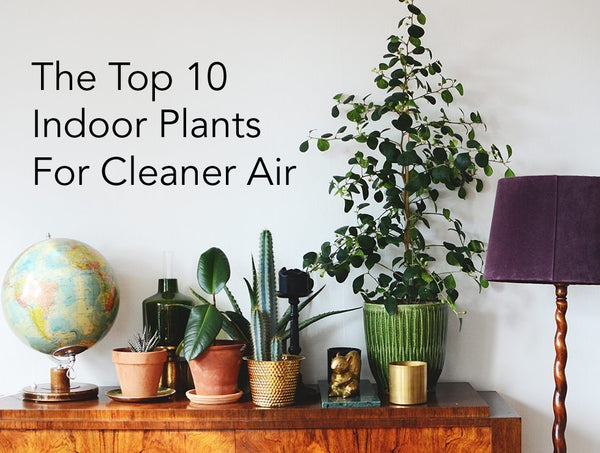Wine and Smoke

Right now, Missoula, Montana is shrouded in smoke from numerous wildfires in the surrounding region. I’ve heard more than one person say that we might as well be in LA. Heck, I’ve even said that myself. It’s unpleasant to say the least (no offense, LA) and unhealthy to be outside right now. We Missoulians don’t like being cooped up. 
So, I was thinking about wine and smoke. Then I was thinking about Smoke and Wine(with Hank III playing in my head). No, I did not start consuming copious amounts of wine. I did start wondering about how smoke affects grapes and the wine they become.
Surprisingly, I found very little on the subject, but I suspect, as wildfires become more frequent and widespread (which is certainly happening) we might learn a bit more about what they mean for winemakers. There was a recentstudy on the topic, which revealed that the timing and frequency of smoke exposure to the vines was relevant.
What we do know is that smoke from wildfires does change the flavor of the wine—and usually not in an appealing way. Smoke taint is akin to cork taint, which I talked about in last week’s post. People like a little smokiness, but when smoke becomes the overwhelming flavor in a wine, that’s a problem.
A 2010 Wall Street Journal article reveals a few of the methods that winemakers utilize to try and minimize the negative impact of smoke. Isinglass (or sturgeon bladder powder) is often added to wines to remove unwanted elements—but it doesn’t seem to work for the smoke. They’ve also tried filtering systems, like reverse osmosis, to varying degrees of success.
While the chemical process that allows this reaction to the smoke is not really understood, the article goes on to say that the presence of a compound called guaiacol does correlate with the smokiness and vintners have seen record amounts of it in grapes coming right out of the vineyard during a fire year. This compound does also occur in oak barrels, and the subtle smokiness in wines is often attributed to the barrels-but again, we are talking about a balanced flavor profile here.
I’ll be curious what our regional wine makers experience due to this fire season. But, we probably won’t see those results for a couple of years. In the meantime, I will crack open a nice fruit forward bottle of wine and hope that it provides a nice balance to the smoke already on my palate.
Leave a comment
Comments will be approved before showing up.
Also in News



